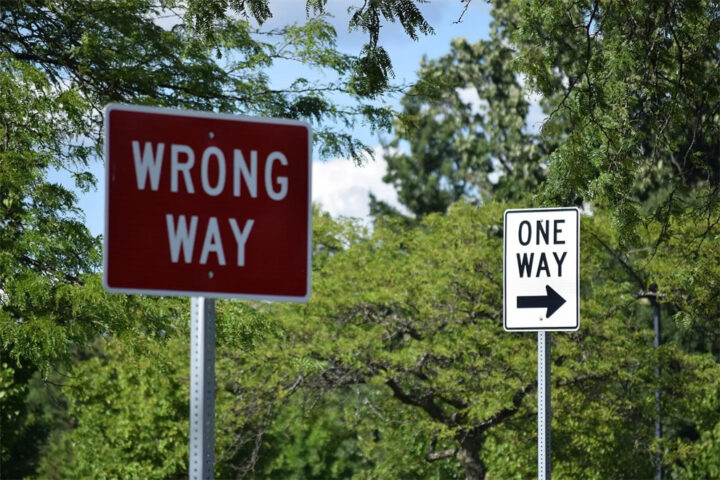Britain's top banks should shield their retail operations from riskier investment banking activities and hold more capital to protect taxpayers from any future financial crisis, a government-commissioned report said.
Shake-up proposals outlined on Monday appear harshest for Lloyds Banking Group, which may be forced to sell hundreds more branches in addition to the 600 already on the block in order to improve competition on the high street.
The recommendations in a 208 page report are not as severe as many bankers had feared, as banks already hold close to the recommended core Tier 1 capital level of 10 percent.
However ring-fencing their retail arms could force HSBC, Barclays and peers to hold billions of pounds more capital, increase funding costs and squeeze their profits.
British finance minister George Osborne said he welcomed the "excellent analysis" and findings of the report by the banking commission, which was led by former Bank of England interest rate setter John Vickers.
The panel wants to make banks less risky, better able to absorb losses, and ensure that vital operations like payments systems and cash for ATMs are kept running if a lender nears collapse as RBS did three years ago.
The banks are expected to lobby heavily before the commission's final report is handed to Osborne and Business Secretary Vince Cable in September. HSBC and Barclays have threatened to quit London for New York or Hong Kong if regulation becomes too onerous.
Barclays had been seen as most at risk if the panel proposed more formal separation of businesses, due to its reliance on investment banking. But by 0740 its shares were up 3.7 percent, while Royal Bank of Scotland rose 3 percent and the other UK banks were near flat.
"They've got away with it, apart from Lloyds which might have to sell off more assets, but it could have been harsher and it wasn't," said John Smith, senior fund manager at Brown Shipley.
"It could have been harsher and there's relief that it's been in line with expectations."
Big banks in Britain and elsewhere have already moved their capital levels closer to 9-10 percent in preparation for new global regulations.
Banking watchdogs around the world are working on extra safeguards for big banks and have signalled they are likely to include a capital buffer of about 3 percent on top of the new global minimum of 7 percent for all banks from 2013.
The ICB took a hard line by requiring the extra 3 percent of capital to be in the form of pure equity as it doubts the effectiveness of hybrid debt known as contingent capital which is also being considered by global regulators.
It also said bondholders should also take losses before taxpayers, which could see senior debt become more expensive.
"The Commission's current view is that the reforms of the kind contemplated in this interim report would support the competitiveness of the economy and would be likely to have a broadly neutral effect on financial services," it said.
BRANCHES SALE?
The panel said more needed to be done to combat the lack of competition on the high street as Lloyds' takeover of HBOS left it with a 30 percent share of the current account market.
Signalling hundreds more branches need to go, its report said Lloyds' sale of 600 branches would "have a limited impact on competition unless it is substantially enhanced."
Vickers and his team stopped short of the nuclear option of unwinding Lloyds' takeover of HBOS, but said: "There is cause for regret that the government in 2008 amended competition law to facilitate the Lloyds TSB/HBOS merger but the facts in 2011 have to be taken as they are."
"Enhancing the divestiture would be more economically efficient than reversing the Lloyds TSB/HBOS merger," it added.
Lloyds said it was assessing the full implications of the report and would update the market once it had reviewed it in detail.







